Each intangible and tangible cultural heritage present here bears the strong imprint of ethnic identity.
The most prominent is the Central Highlands Gong Cultural Space, recognized by UNESCO as a Masterpiece of Oral and Intangible Heritage of Humanity in 2005. Gongs are not only musical instruments but also the soul of rituals and festivals. The deep and deep sounds of gongs and the space of gong culture not only unite the community but also serve as a spiritual bridge between humans and gods.
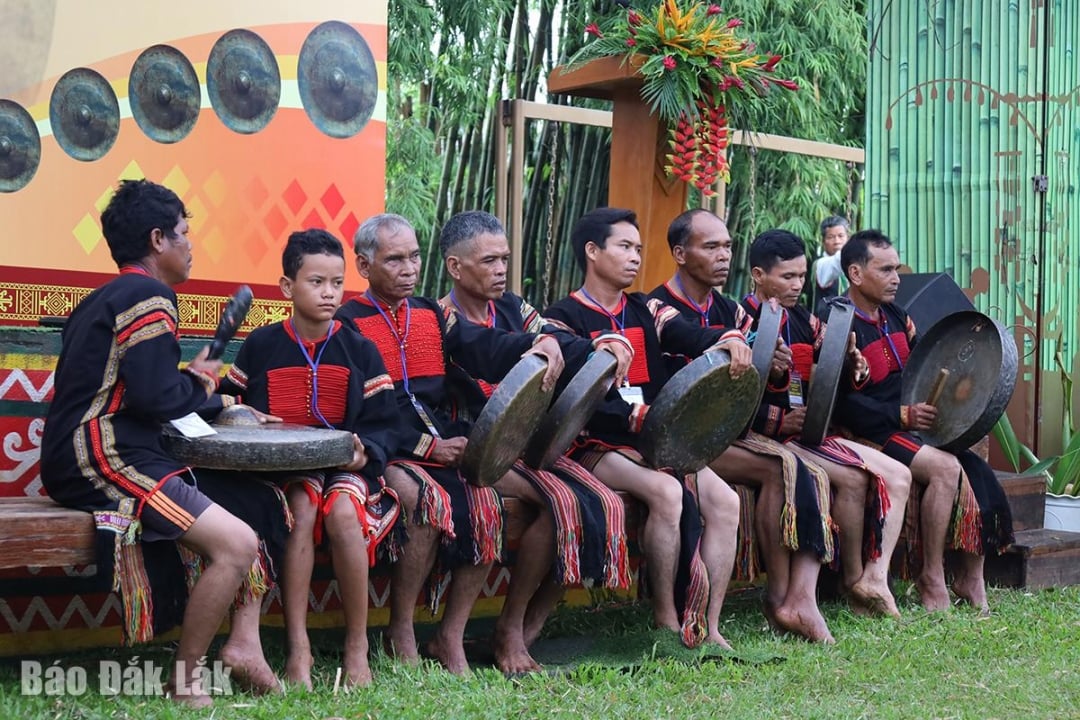 |
| Generations of gong performing "artists". |
In addition, the epics of the Ede and M'nong ethnic groups, such as the Dam San or Ot N'drong epics, are considered "living histories" that preserve history, beliefs and moral values; passed down orally through generations. Epics often resound in village nights, accompanied by the sound of t'rung or k'long put, creating a fascinating cultural space. In addition, traditional festivals such as the new rice celebration, the water wharf worship ceremony or the grave abandonment ceremony of ethnic minorities are also important heritages, demonstrating respect for nature and community solidarity.
In terms of tangible heritage, the Ede long house is a symbol of matriarchal culture, with unique architecture ranging from 20 to 100 m long, delicate staircases and cozy communal living spaces. The long houses in the villages are living proof of family and community ties.
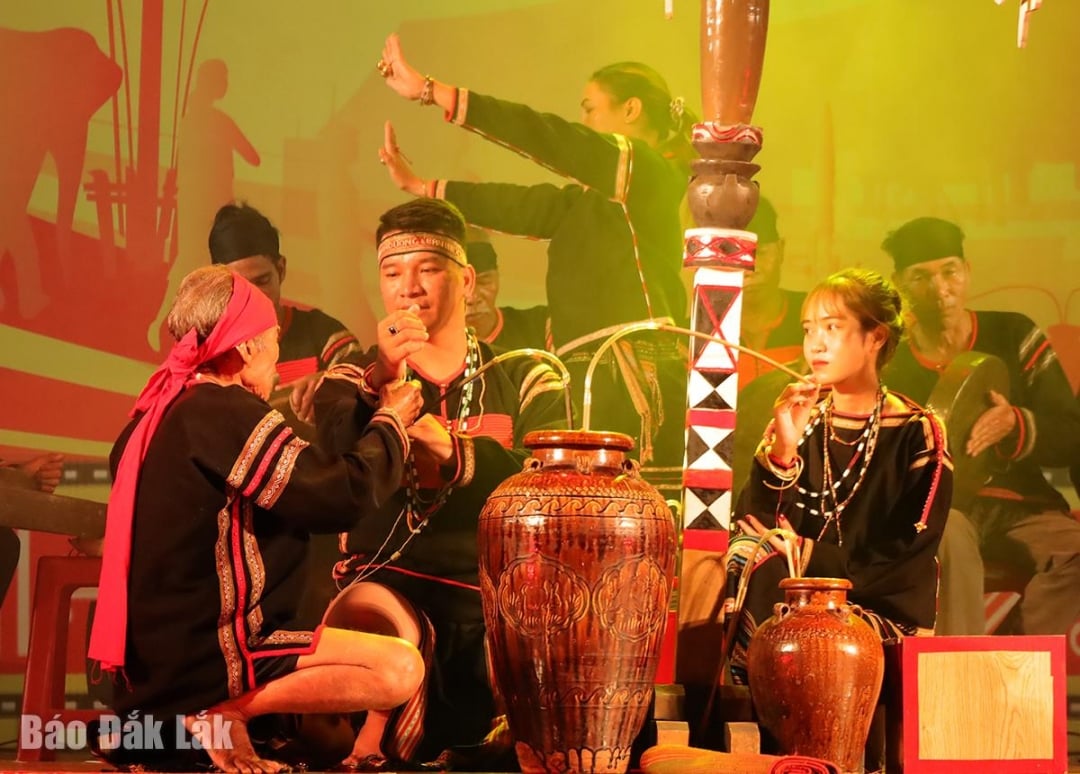 |
| Reenactment of traditional Ede wedding ceremony. |
The system of water wharves, associated with the worship of gods, attached to nature; ethnic brocade costumes with sophisticated patterns; to coffee culture, a typical cultural - economic heritage; combined natural and cultural heritages such as Yok Don National Park, Lak Lake and cultural landscapes... have contributed to creating a diverse heritage picture of Dak Lak.
Despite the changes of the times, Dak Lak's cultural heritages still show a strong vitality like the Serepok River that flows endlessly.
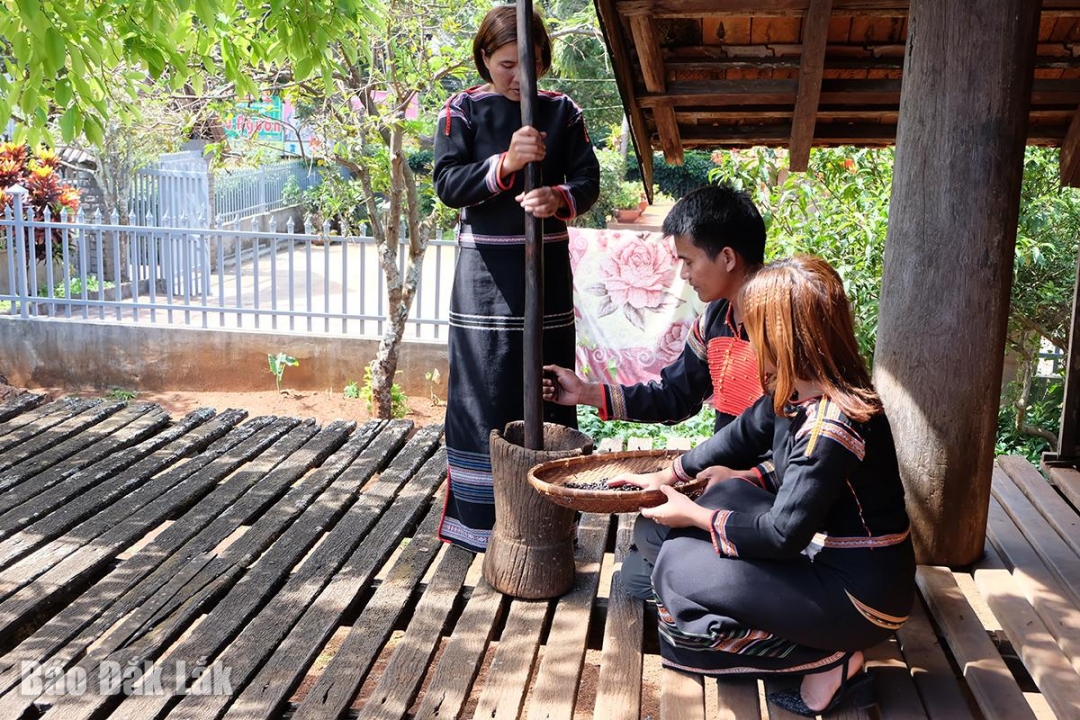 |
| Knowledge of growing and processing coffee has become an intangible cultural heritage. ( In the photo: The traditional coffee bean pounding process of the Ede people). |
The space of gong culture is still maintained in important festivals and rituals. The sounds of gongs not only resound in the village but also appear at international festivals, conferences and events, affirming their global value. Epics and traditional festivals also retain their appeal over time, providing an opportunity for the community to gather and recreate cultural identity. Long houses and communal houses are still the unchanging symbols of the village. In Ako Dhong village (Tan Loi ward, Buon Ma Thuot city), or Jun village (Lien Son town, Lak district), long houses are still preserved by the people and become homestays, attracting tourists to experience traditional culture.
Dak Lak currently has 45 tangible cultural heritages, of which 2 are ranked as Special National Monuments; 6 are included in the List of National Intangible Cultural Heritages. |
In order for heritages to last forever, each owner of the heritages must always be aware of preserving and promoting them. In villages, artisans not only regularly use gongs on important occasions and in daily life, but also wholeheartedly teach their children and grandchildren each gong beat, from how to hold the stick, how to strike to create a deep and high resonance, to how to adjust the gong to keep the sound standard. Many households carefully preserve and maintain sets of ancient gongs...
With specific and practical support policies from the state, localities have effectively implemented heritage conservation work. For example, in Lak district, the water wharf worshiping ceremonies of the M'nong Gar people at Dak Hoa wharf (Pai Ar hamlet, Dak Phoi commune), the M'nong Rlam people at Jun hamlet (Lien Son town), the Ede people at Dham II hamlet (Dak Nue commune) and Phok hamlet (Nam Ka commune) have been restored...
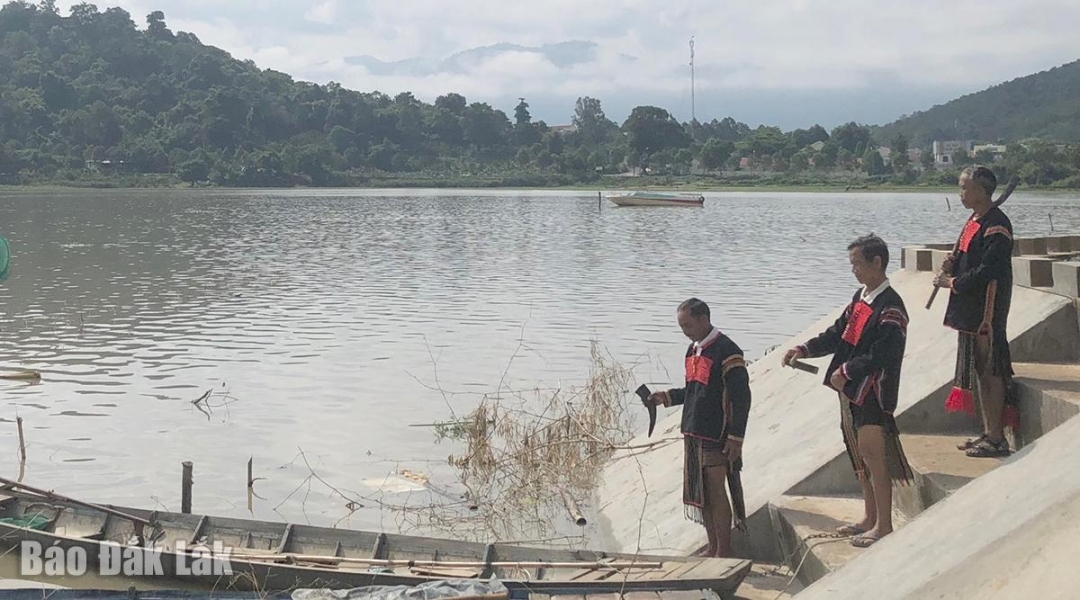 |
| A ritual in the Water Wharf Worshiping Ceremony of the M'nong people (Jun village, Lien Son town, Lak district). |
In the coming time, the cultural sector will continue to research, promote and preserve the diverse cultural values of ethnic groups living in the province in order to raise public awareness of the value of intangible culture, meet the people's need to enjoy culture, promote their worthy position in the cultural treasure of Vietnamese ethnic groups; at the same time, create practical resources to develop tourism and improve people's lives.
Dak Lak’s cultural heritage is not only the province’s own property but also the pride of Vietnam. With its unique identity, strong vitality and conservation efforts, these heritages will continue to exist, enriching the national cultural identity.
Tomorrow
Source: https://baodaklak.vn/van-hoa-du-lich-van-hoc-nghe-thuat/202505/tiep-noi-mach-nguon-di-san-van-hoa-b1016ac/




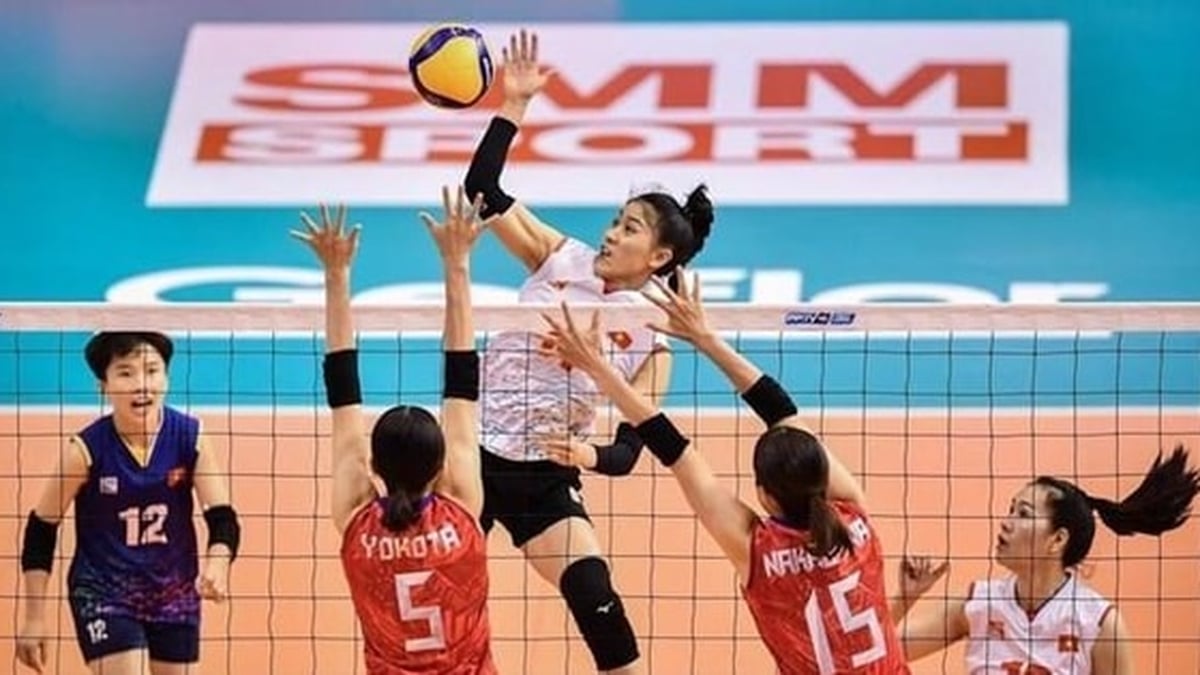

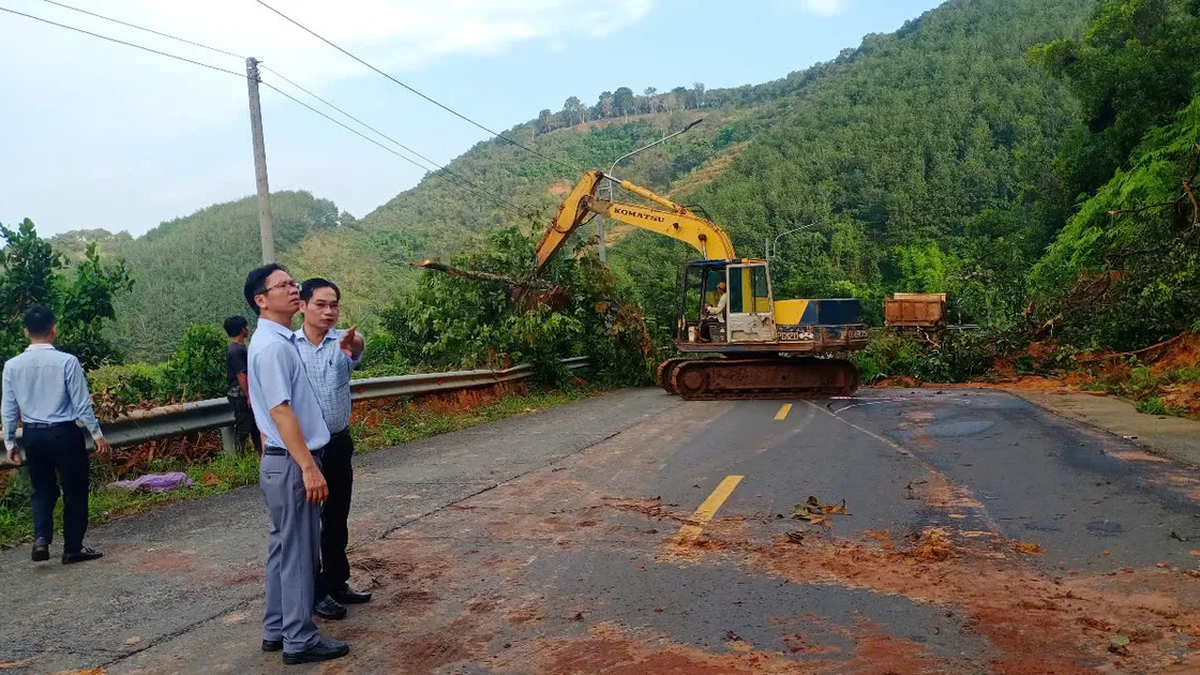
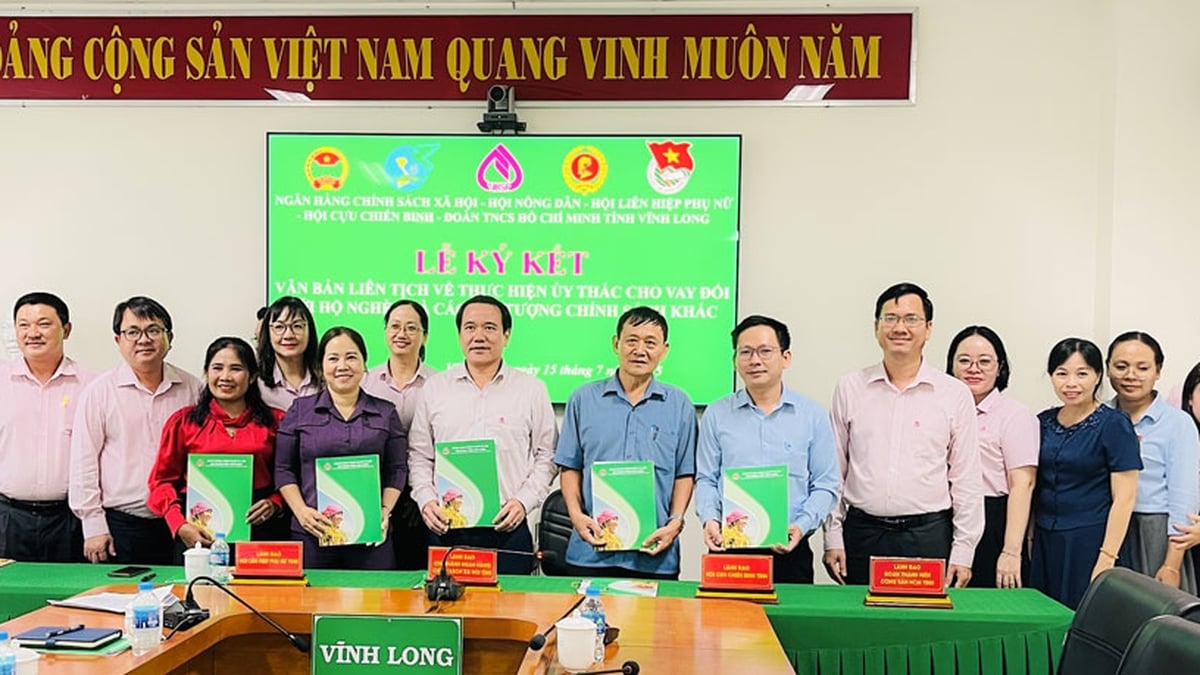
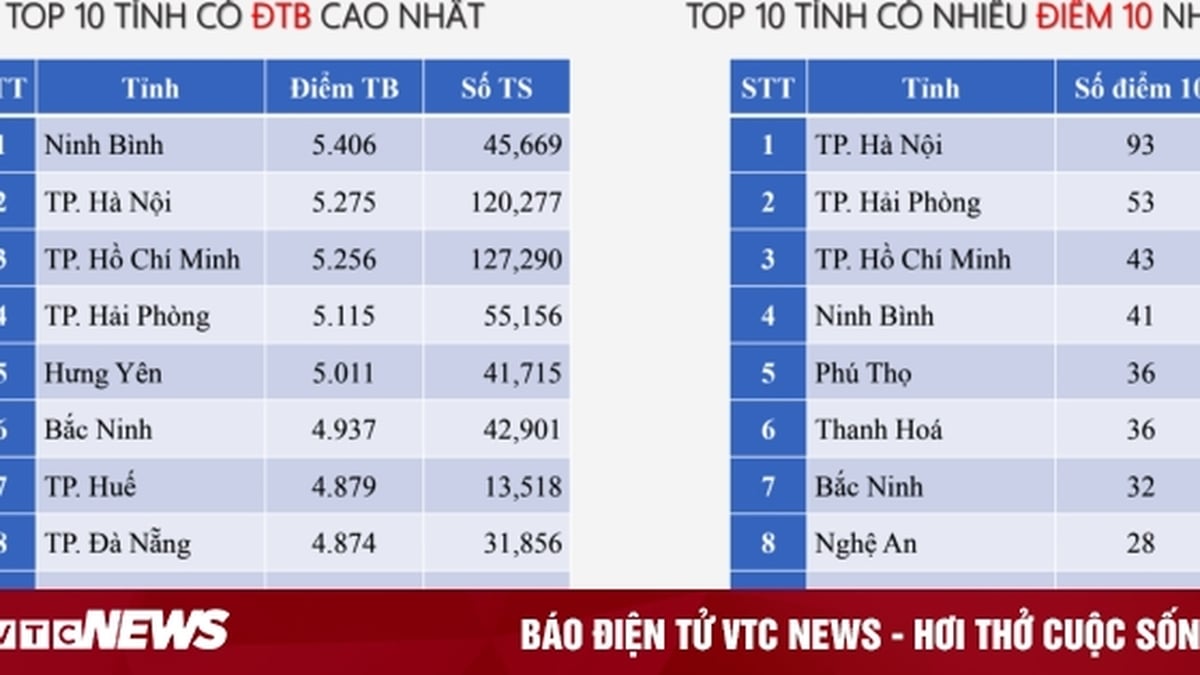
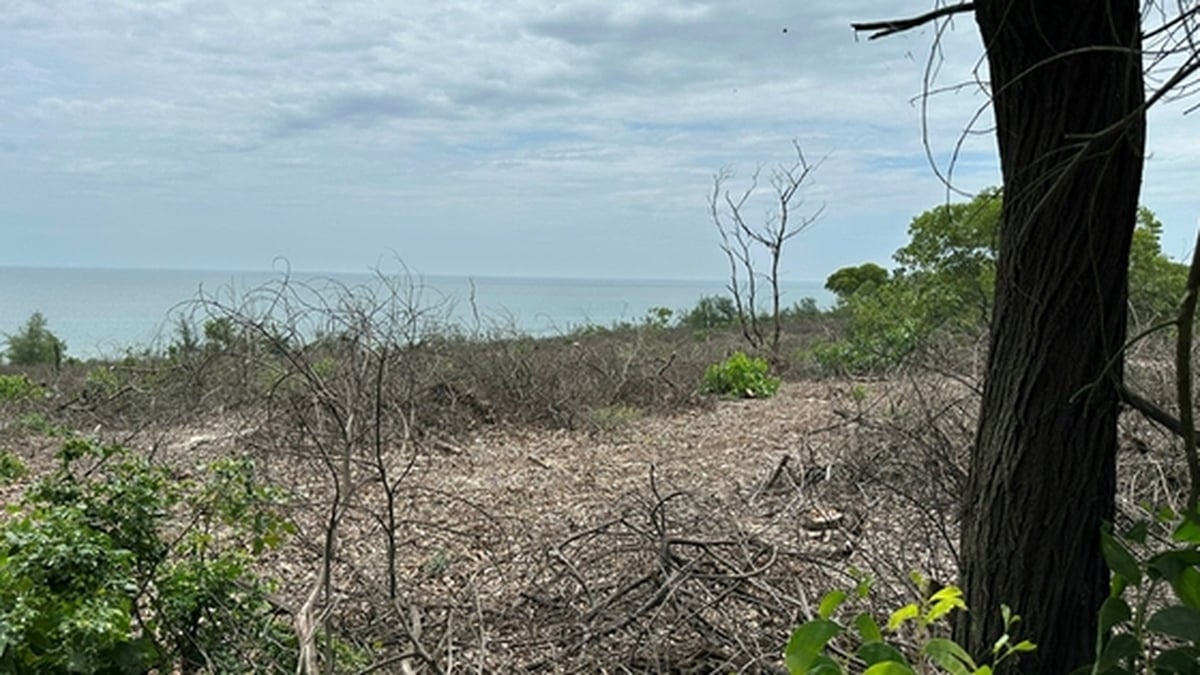












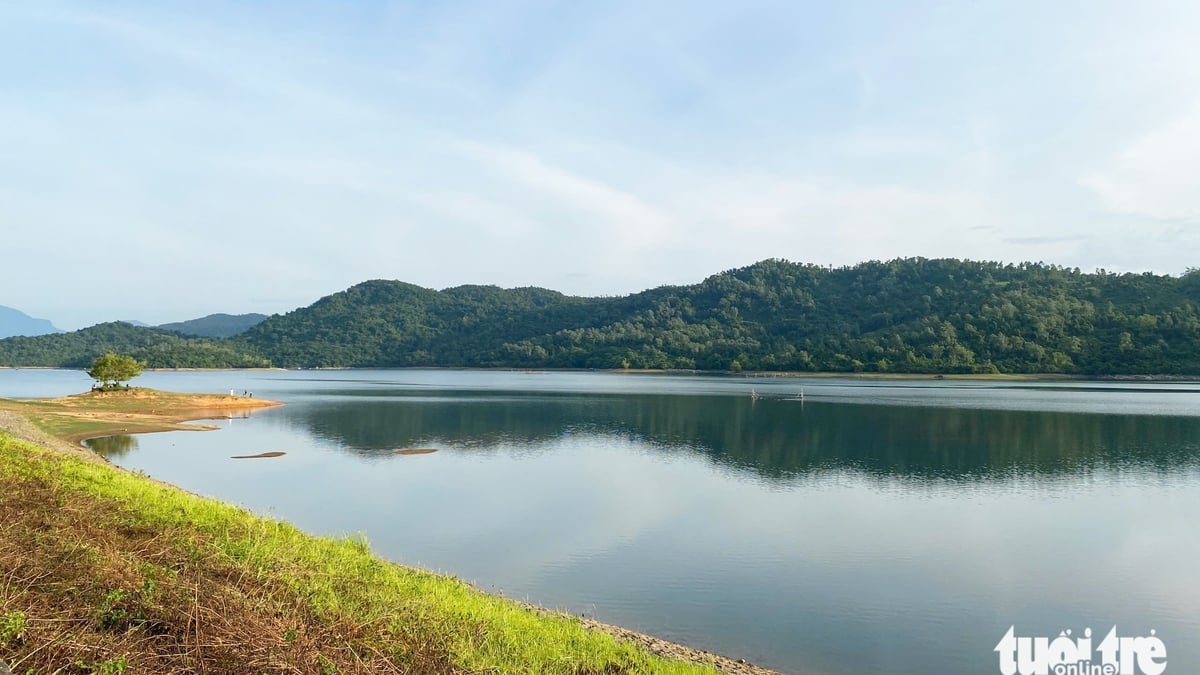
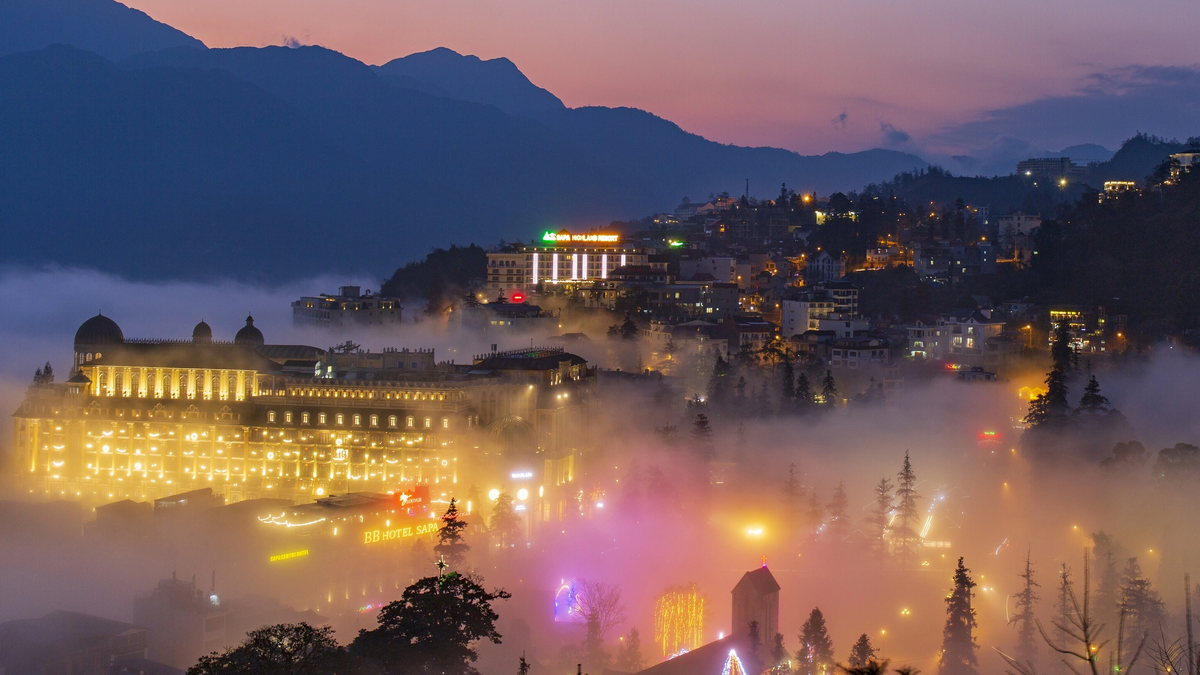

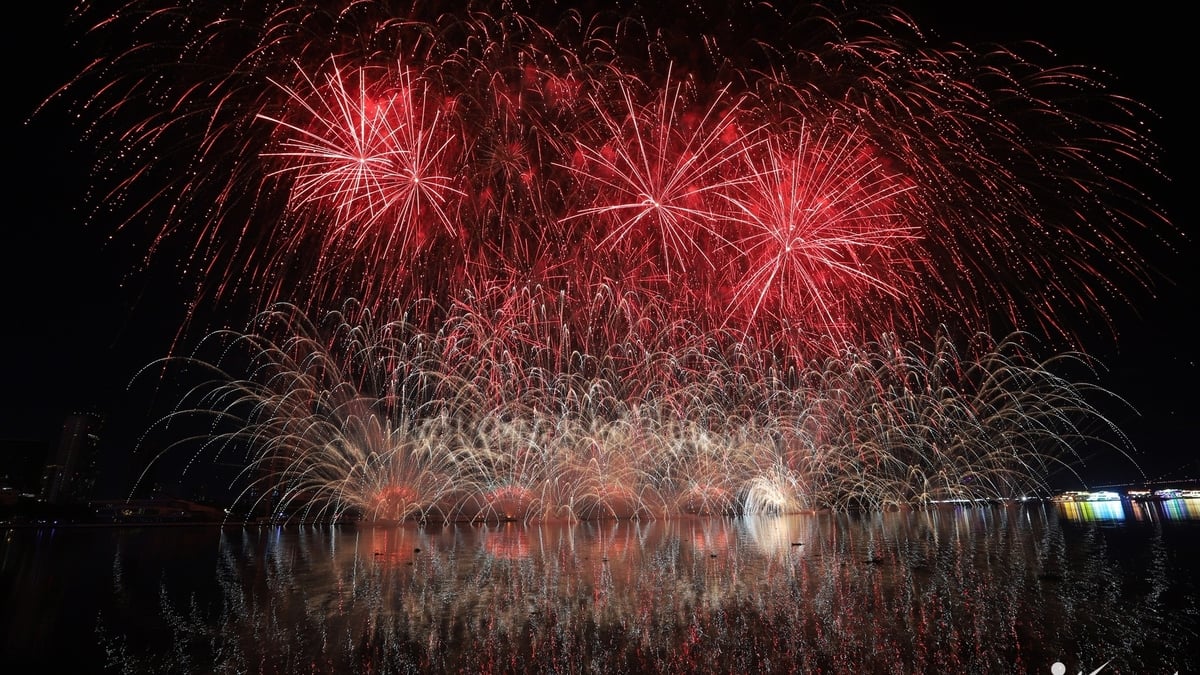
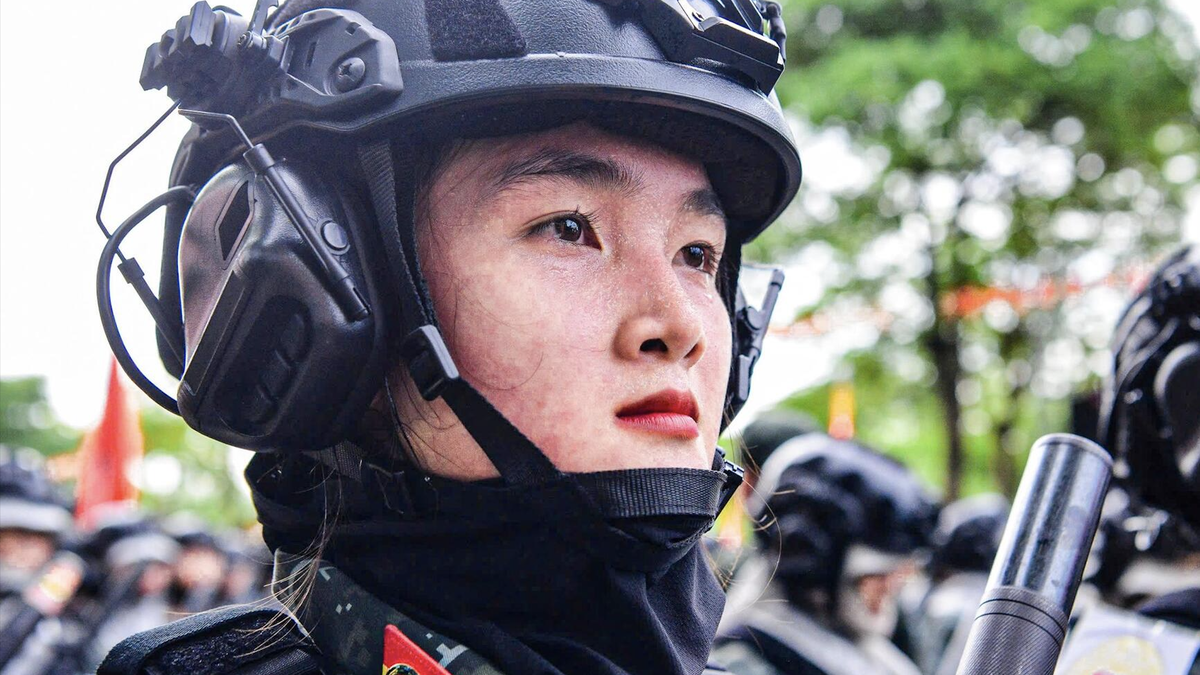
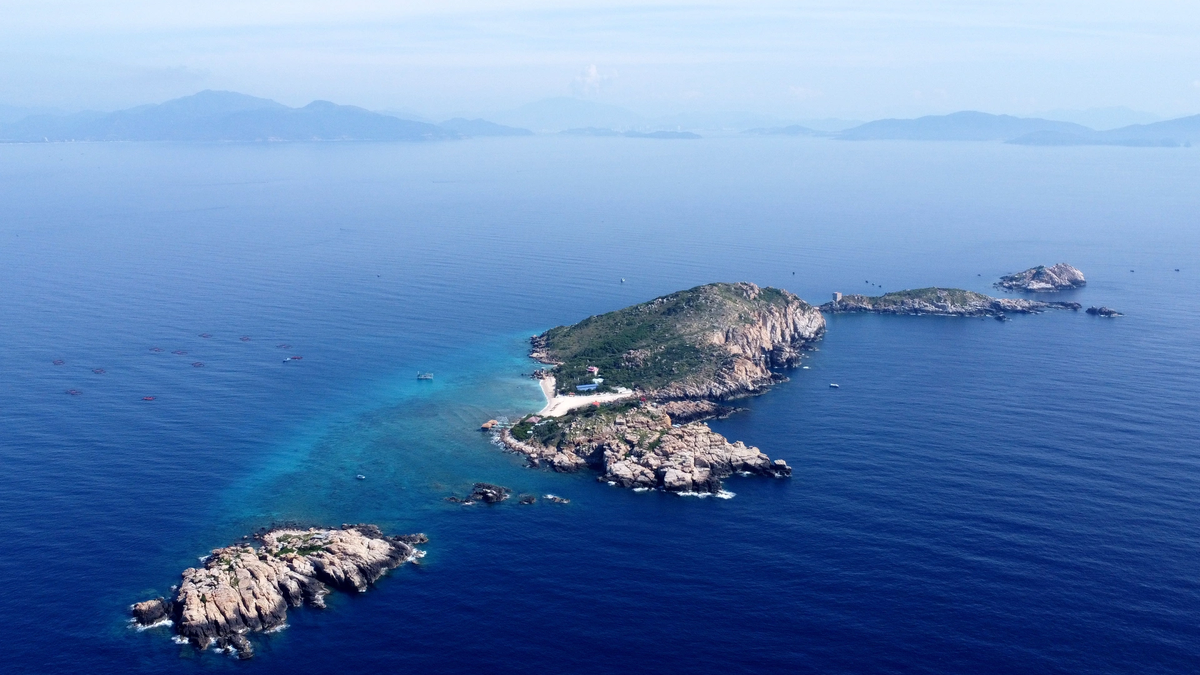

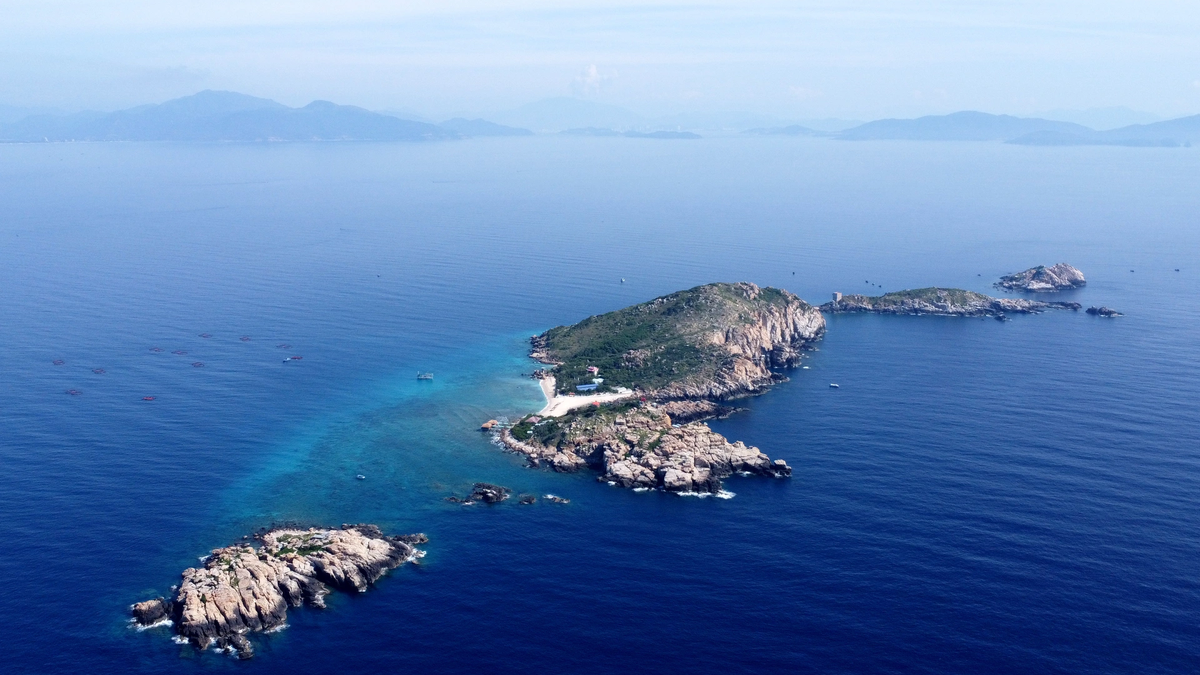


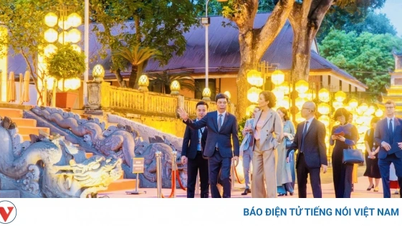

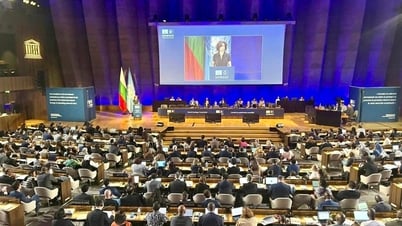

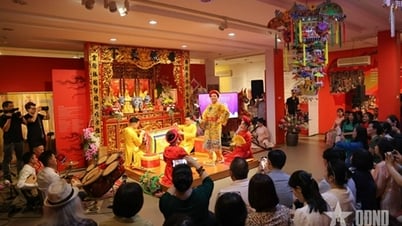

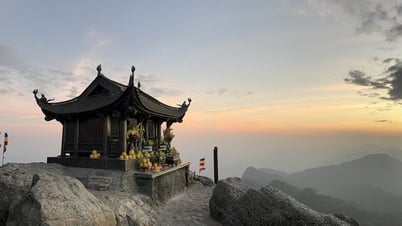
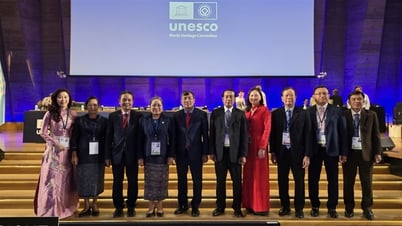

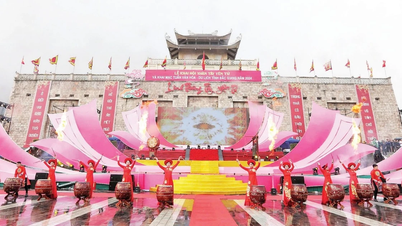


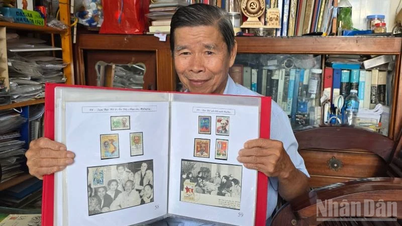
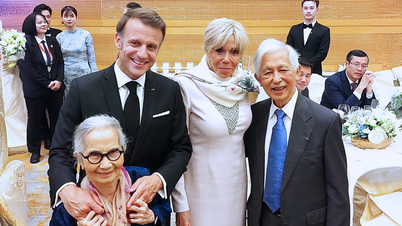





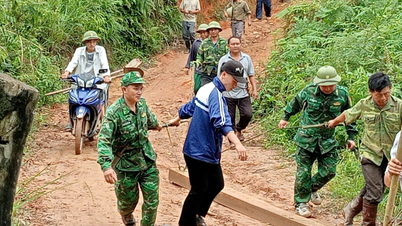







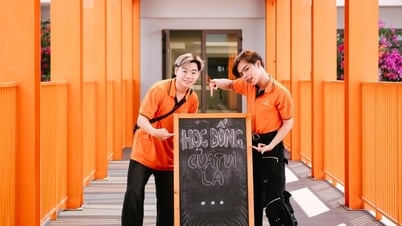



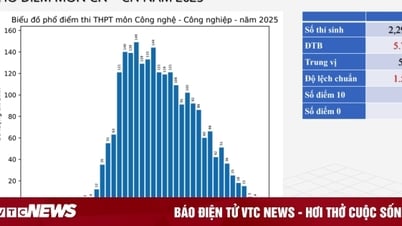



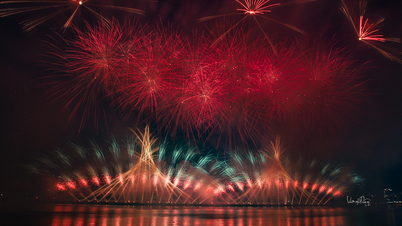



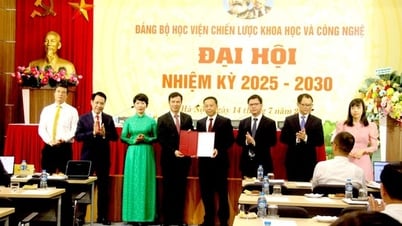
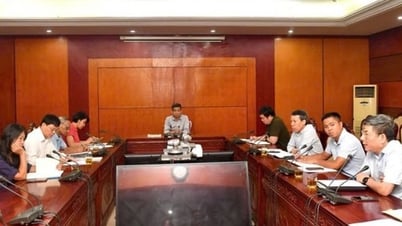


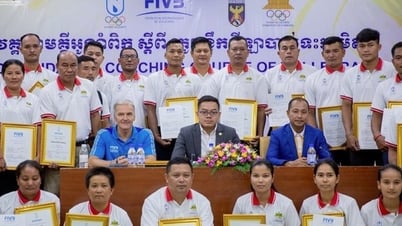
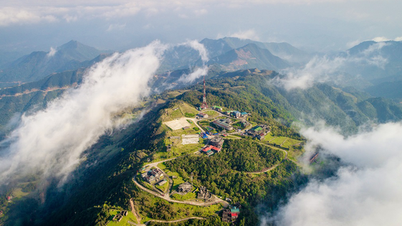











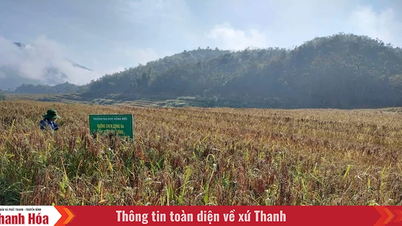

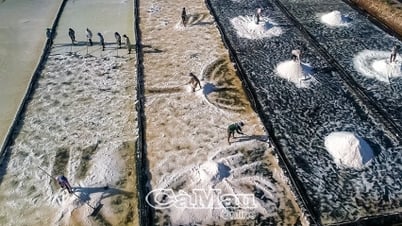

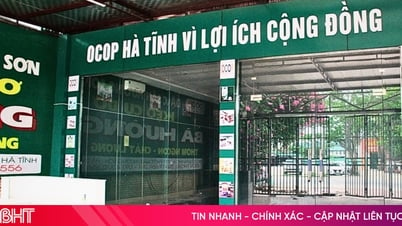

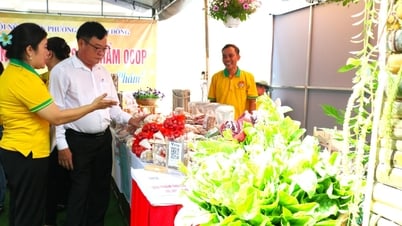


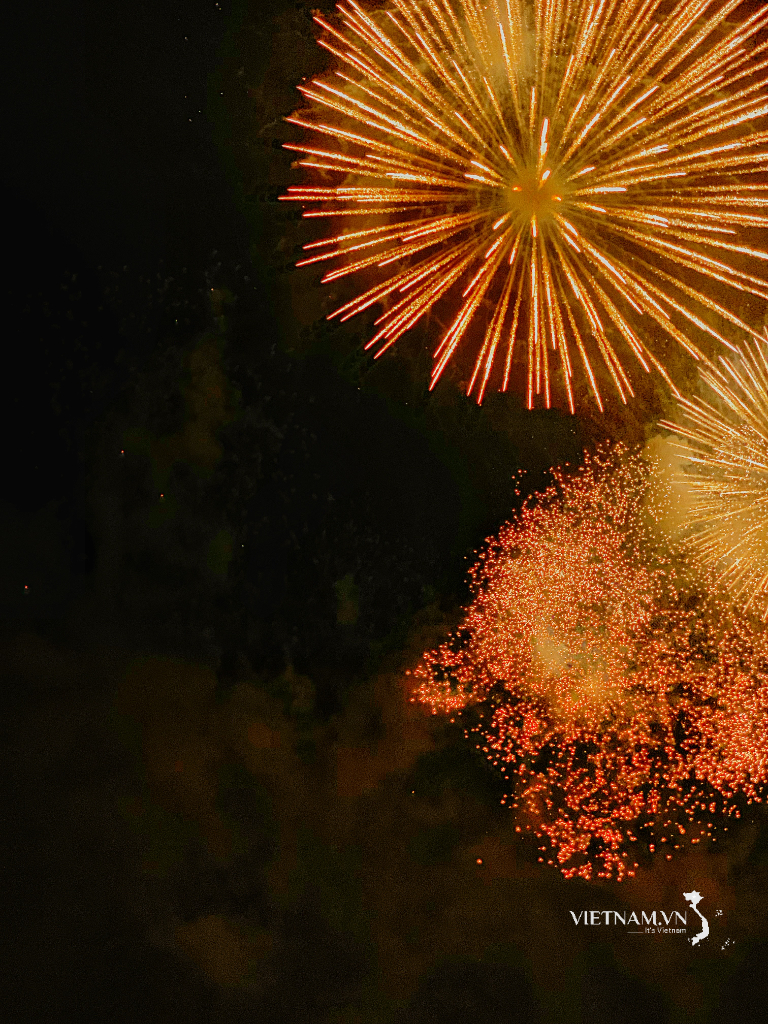

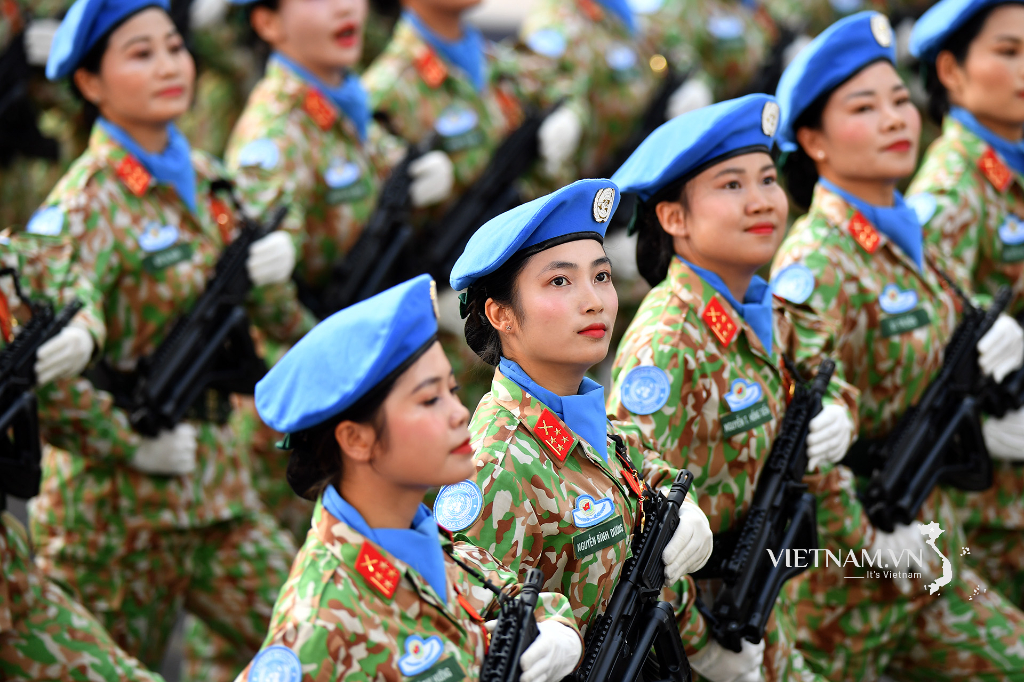

Comment (0)